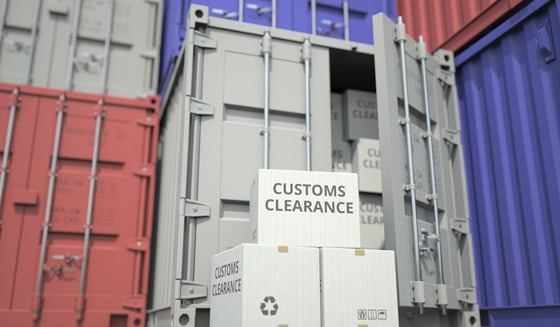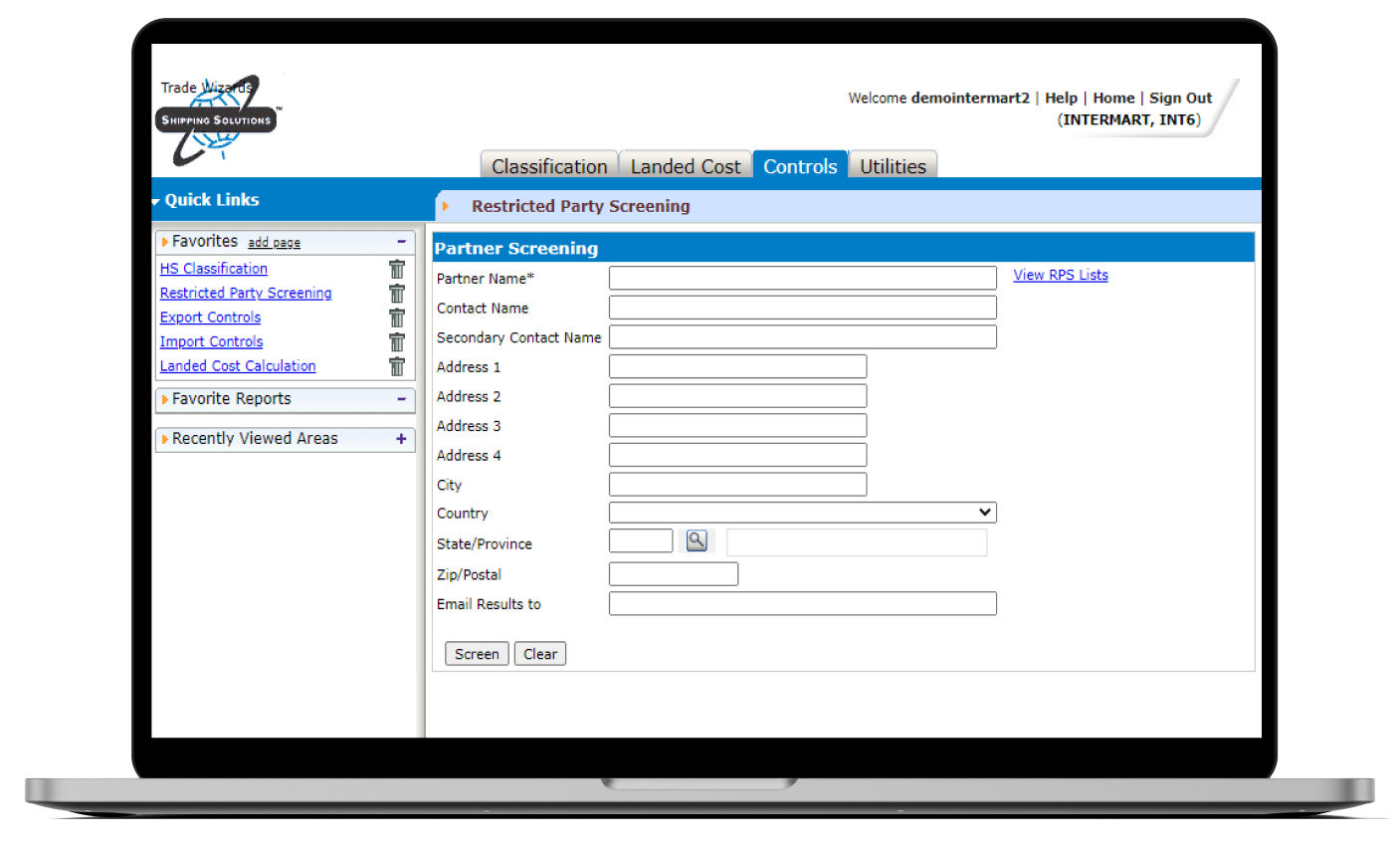The International Trade Blog Import Procedures
The Harmonized Tariff Schedule: Beyond the General Rules of Interpretation
On: November 23, 2020 | By:  John Goodrich |
4 min. read
John Goodrich |
4 min. read
 I explored unorthodox methods companies use to find the correct Harmonized Tariff Schedule (HTS) classification for their goods in a previous article. Now, I will outline the best practices your company should use when classifying your products.
I explored unorthodox methods companies use to find the correct Harmonized Tariff Schedule (HTS) classification for their goods in a previous article. Now, I will outline the best practices your company should use when classifying your products.
Selecting the proper HTS code requires application of the General Rules of Interpretation (GRI). While these rules instruct us on a method for selecting the correct HTS code, they do not give much practical guidance on how to approach the classification process.
Here are some guidelines that should assist you in working with the Harmonized Tariff Schedule:
Know Your Product
Funny, John, of course we know our products. Our company knows more about our products than anybody. After all, we designed them.
Oh, really? Please tell me if that gasket is rubber or plastic.
Well that… (stutter, bumble, hesitate). Let me get back to you on that.
When I say know your product, I mean know it the way the HTS knows it. You need to know its materials, functions and performance specifications. Manufacturers know much of this detail is in the product specifications. Distributors, resellers or retailers may find that getting product specifications from the manufacturer is challenging.
 Assign HTS Classification to Someone Who Knows the Product
Assign HTS Classification to Someone Who Knows the Product
Curiously, companies tend to assign the classification process to individuals with little or no product background. Other companies assign classification responsibilities to individuals who lack access to product specifications.
More and more companies are assigning classification responsibilities to product managers and engineers. As a result, product managers develop a deeper understanding of the tariff, allowing them to redesign or counter source a product to qualify for lower duty rates.
Know the Tariff
This is easier said than done. With ever-expanding free trade agreements, the HTS is now more than 3,000 pages long. The HTS is an intimidating document, but like any elephant, you must consume it one bite at a time. An experienced classifier will regularly peruse the tariff to:
Review the Table of Contents
Familiarize yourself with the various areas of the tariff by periodically reading titles of sections and chapters.
Read the Notes
Each section and chapter begins with notes describing the chapter. Often the notes will detail specific inclusions or exclusions from the chapter. It is also common to find definitions or product specifications within the notes.
Read the Headings
Each chapter is subdivided into four-digit headings. Before settling on a classification within a chapter, it is good practice to familiarize yourself with all of the headings within that chapter. This may seem like a daunting task, but it will only take a few minutes even within some of the larger chapters. It can be helpful to highlight the headings in the printed tariff.
Read the Punctuation
Throughout the tariff you will see language divided by commas and semicolons. Semicolons are used to separate disparate ideas that do not relate to one another. Typically a semicolon means “or.” A comma will mean “or” or “and” and must be read in context. When reading the tariff it may be helpful to read it aloud and to read the punctuation.
Compare Numbers at the Same Rank or Hierarchy
Much of classification has to do with comparing different numbers. When doing so you must select the four-digit heading first and then move on to selecting the subheading and U.S. classification. A common error in classification is to compare a 10-digit code with a four-digit heading. Doing so can lead to an incorrect decision.
Those of you who know the General Rules of Interpretation know this direction is included within GRI 1 and reinforced in GRI 6.
Use External Aids
While classification is to be done solely on the basis of the tariff itself, other publications may assist the classifier in the process including:
Explanatory Notes
Published by the World Customs Organization, the Explanatory Notes are invaluable in providing further insight into the six-digit level of the tariff.
Customs Rulings Online Search System (CROSS)
U.S. Customs and Border Protection (CBP) offers classification assistance to the trade in the form of binding rulings. These CROSS rulings are published on the CBP website.
Obtain a Binding Ruling
While not a requirement, importers may submit their products for classification to CBP. Importers are cautioned about this process because once the ruling is issued, the importer is required to abide by the CBP decision.
Customs Informed Compliance Documents
CBP provides additional classification assistance in the form of informed compliance publications on its website.
Dictionary
When a word in the tariff is unclear and otherwise undefined, look it up in the dictionary or in an industry glossary of terms. This simple practice may help bring the tariff to life.
Experienced classifiers could likely add to this list of external aids. It should be emphasized that in no way does using these aids substitute for proper use of the General Rules of Interpretation.
Document the Process
Best practice classifiers document the entire classification process, including maintaining: product specification records, a record of the thought process used to arrive at classification and a product classification database. They also maintain excerpts from extrinsic aids used to support their classification decision.
Companies commonly maintain a simple product classification database that includes part or style numbers and the associated HTS code. Such a simple data table does little to demonstrate to CBP that the company has demonstrated reasonable care. It also dooms the company to rethink and re-research the classification of each new product that comes along.
Don’t forget to share your classification database with your business partners, particularly your customs broker.
Apply the General Rules of Interpretation
Let us not forget the most obvious best practice: apply the General Rules of Interpretation. While they may not be glamorous, proper application of the GRIs is what will help you most in selecting the correct HTS number.
This article was first published in April 2007 and has been updated to include current information, links and formatting.
Like what you read? Join thousands of exporters and importers who subscribe to Passages: The International Trade Blog. You'll get the latest news and tips for exporters and importers delivered right to your inbox.

About the Author: John Goodrich
John Goodrich is an International Trade Consultant and Licensed Customhouse Broker with more than 25 years of experience in international trade. He is currently the principal in the consulting firm of JD Goodrich & Associates where his varied industry experience results in practical, actionable advice for his clients.
An active member in the Twin Cities round table of the Council of Supply Chain Management Professionals (CSCMP), he takes a strategic view of the roles of international compliance and logistics in the greater supply chain.


